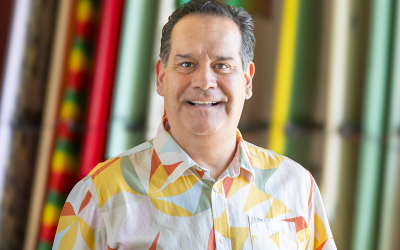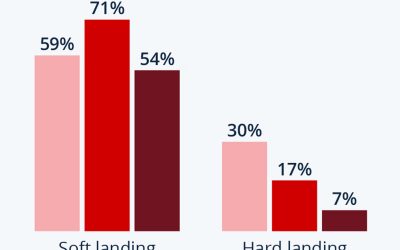Retirement readiness: How actively managed retirement accounts can help
Retirement readiness: How actively managed retirement accounts can help

For clients seeking to take advantage of market opportunities—while also looking to avoid large drawdowns—actively managed strategies are an attractive and accessible option for workplace retirement plans.
There is little doubt that a substantial portion of Americans are not properly prepared to fund their retirement needs.
A recent article from Axios summed it up succinctly:
“After a tumultuous year in the markets, America’s preparedness for retirement has gotten shakier. … More than half—52%—of Americans are not on track to comfortably pay for their retirement, according to a new report from Fidelity, the nation’s largest provider of 401(k) plans. 401(k) accounts lost 23% of their value last year, compared with 2021, per another recent Fidelity report. And 55% of those between the ages of 18 and 35 have put retirement planning and saving on hold, Fidelity notes.”
These statistics are fairly consistent with findings from the Center for Retirement Research at Boston College, which note,
“The National Retirement Risk Index (NRRI) measures the percentage of working-age households that are at risk of being unable to maintain their pre-retirement standard of living in retirement. It addresses one of the most compelling challenges facing the nation today: ensuring retirement security for an aging population.
“Key findings in the NRRI show that:
- “The retirement landscape is shifting dramatically, making the outlook for retiring Baby Boomers and Generation Xers far less sanguine than for earlier retirees.
- “About half of households are ‘at risk’ of not having enough to maintain their living standards in retirement.
- “Saving more and working longer improve the outlook.”
FIGURE 1: THE NATIONAL RETIREMENT RISK INDEX, 2004–2019
(% HOUSEHOLDS AT RISK)
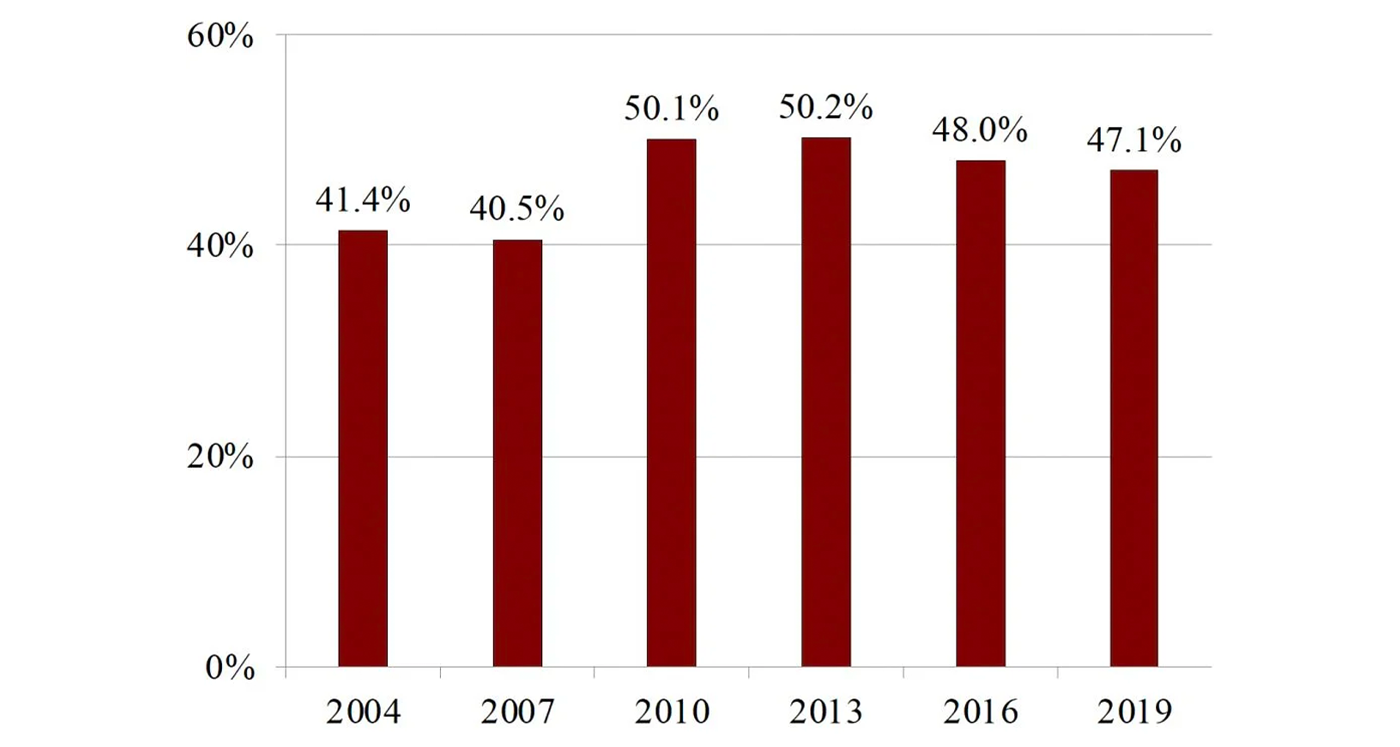
Source: Anqi Chen, Yimeng Yin, and Alicia H. Munnell, “How Well Do People Perceive Their Retirement Preparedness?” Center for Retirement Research at Boston College in association with First Eagle Investments
How are Americans managing their workplace retirement savings plans?
The research from Fidelity, Boston College, and other resources shows several issues with how working Americans are contributing to and managing their workplace retirement savings plans, including 401(k)s and other voluntary savings plans such as 403(b)s.
- According to Fidelity’s most recent study, “age-appropriate equity allocations have declined, particularly among Millennials.” Fidelity finds about 59% of those studied have what they consider to be age-appropriate investment allocations.
- Lower savings/contribution rates, along with inflation and declining “real” income, are among many factors impacting those rates.
- Alicia H. Munnell, director of the Center for Retirement Research at Boston College, notes that 401(k) participants were hit hard by the weak 2022 stock market, and that “more importantly, long-run trends show little gains for median balances.”
Fidelity summarizes,
“The decline in preparedness is being driven by two primary factors: people are saving less and investing more conservatively, which are natural reactions during a challenging financial environment, from the pandemic to market volatility to the latest turmoil in the banking industry. In fact, among those taking a conservative approach, nearly six in ten (57%) respondents expressed concern about losing their savings by investing too aggressively.”
It should be noted, as Ms. Munnell says, that “… households with a 401(k) plan are the lucky ones. Only about half of households in the middle third of the income distribution have such a plan.”
The shift over the past 45 years from defined benefit plans (pensions) to defined contribution plans (401(k)s) has raised many additional important questions by the financial media, within the advisory community, and in the private and public sectors:
- Do most American workers focus too much on “accumulating wealth” and not enough on risk management of their investment assets and planning for “decumulation”—that is, how they will fund a retirement income stream?
- Are too many people making common mistakes with their 401(k)s? Bankrate notes several of the most significant participant issues:
- Not contributing enough, not contributing consistently, and not increasing contributions over time in line with salary increases.
- Not being aware of what contributions are invested in, the fees being charged, or the performance of investment funds.
- Accepting the default investment option or being too heavily invested in one’s company stock.
- Not taking full advantage of a company’s matching program.
- Being unaware of vesting guidelines, which is especially important if an employee is leaving their company.
- Taking early withdrawals and incurring penalties and/or fees.
- Related to this, do most workers truly have the financial education and preparedness to manage one of their biggest retirement assets, a 401(k), on their own? All of the common behavioral issues associated with self-directed investing—such as loss aversion, anchoring, or herding—equally apply to one’s management of a 401(k). Says one industry observer, “You give the burden of planning retirement and place it upon the shoulders of the person who knows the least.”
- Are those planning for retirement aware of and preparing for possible “sequence of returns” issues for their retirement assets, with the “red” or “danger” zone being the five years before and five years just after retirement?
How is this information relevant for advisors and their investor clients?
Certainly, one of the most important themes presented here is how 401(k) or other voluntary retirement plan participants are being asked to effectively manage their own investment portfolios with limited personal investment knowledge and the susceptibility to making decisions influenced by behavioral issues. Yes, they receive information from plan sponsors on the administrative elements of their plan and the available investment options. But that hardly qualifies as professional guidance in making important investment decisions year after year.
Research from DALBAR provides relevant data on how individual investors, left to their own portfolio decisions, consistently and significantly underperform “the market” and various asset classes.
FIGURE 2: POOR ASSET ALLOCATION AND ‘DOING IT YOURSELF’ CAN LEAD TO SUBPAR INVESTOR RETURNS
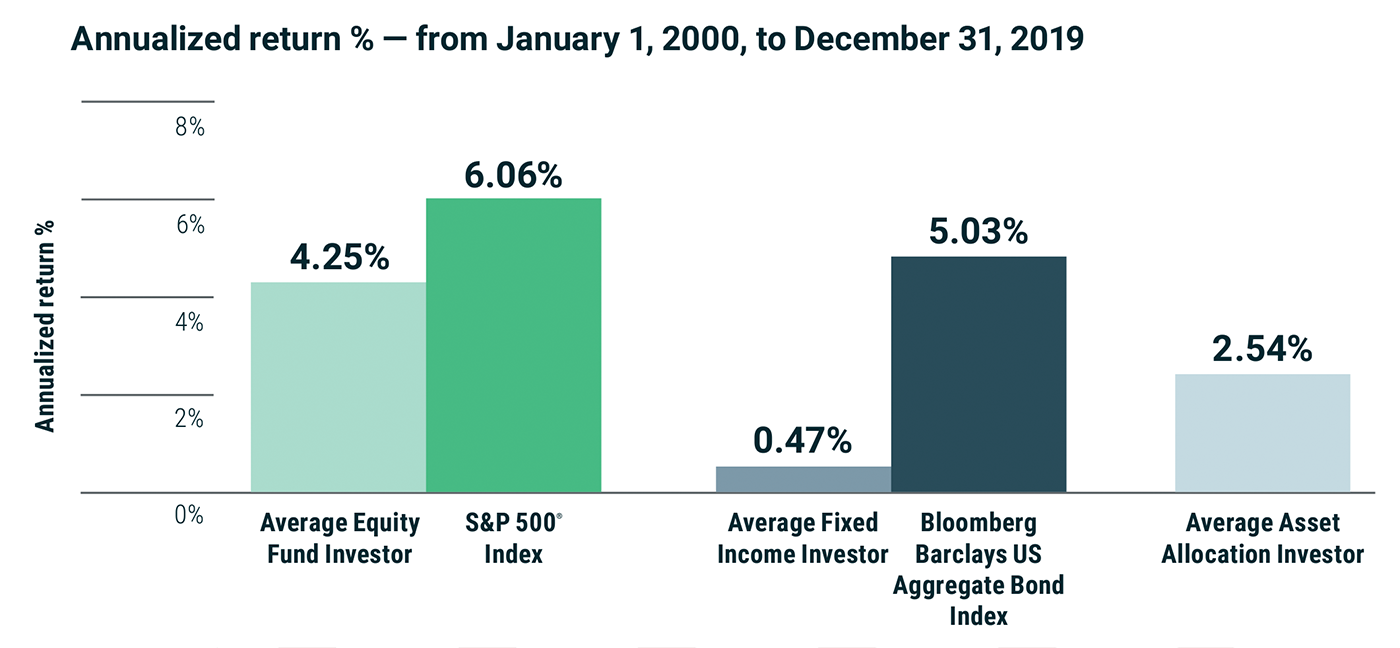
Source: “Quantitative Analysis of Investor Behavior, 2020,” DALBAR Inc., www.dalbar.com; QAIB uses data from the Investment Company Institute (ICI), Standard & Poor’s, and Bloomberg Barclays Capital Index Products to compare mutual fund investor returns to an appropriate set of benchmarks
FIGURE 3: COMPARISON OF SELF-DIRECTED INVESTOR PERFORMANCE TO MAJOR ASSET CLASSES
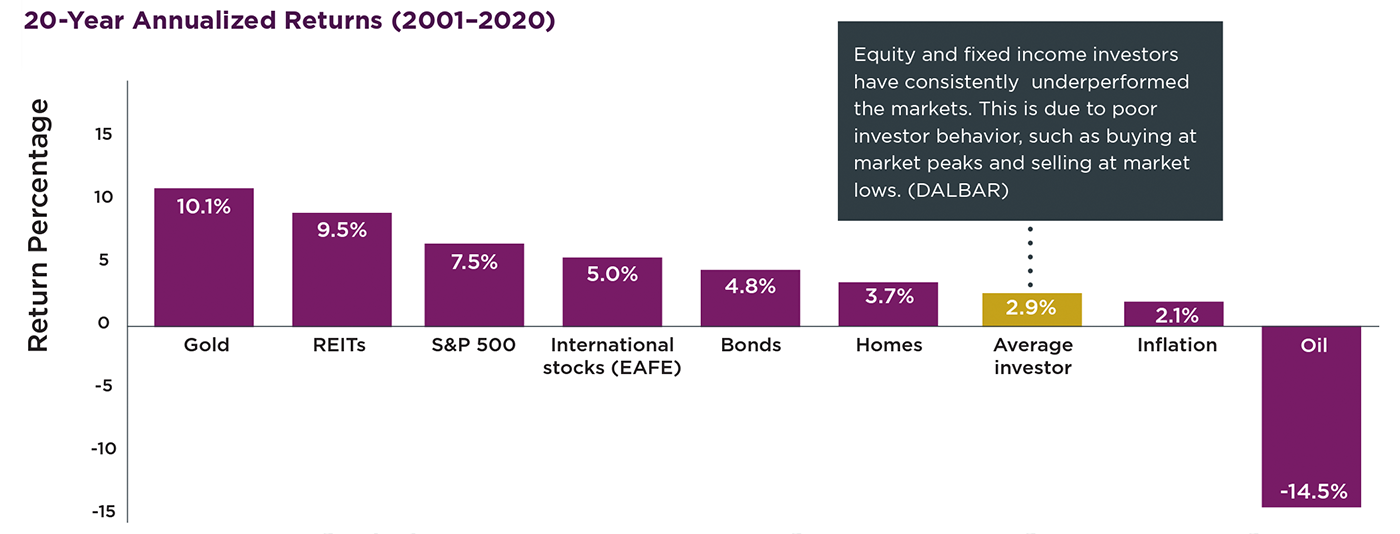
Sources: Developed by Darnell Sikes Wealth Partners (DSWP), based on data from Morningstar Direct, Bloomberg, and DALBAR
For roughly the past two decades, select third-party investment managers (or TAMPs) have been offering managed investment solutions for advisors who work with plan participants in 403(b), 401(k), 401(a), or 457 plans.
As noted earlier, a major problem is that the market volatility of the past 20-plus years has led many plan participants to invest their 401(k) accounts far too conservatively.
For clients seeking to take advantage of market opportunities, while also seeking to avoid large drawdowns in turbulent markets, actively managed strategies are an attractive and accessible option for many plan participants. Funds can be used to deliver different risk-managed strategies in separately managed accounts designed to be used within a self-directed brokerage account (SDBA).
Plan participants at many companies or within the public sector can ask their advisor about the ease of using the SBDA option. By doing so, they can add a dynamically risk-managed separate account to their workplace retirement account. This separate account provides a gateway to the same management styles as high-net-worth investors, institutions, and foundations, giving investors more tools, an enhanced risk-management approach, and professional guidance to help them reach their retirement funding goals.
The bottom line
Working with their financial advisor, plan participants can construct a 401(k), or other workplace retirement plan, portfolio allocation that reflects their objectives, risk tolerance, time horizon, and personal or family financial situation—in addition to being analyzed and optimized in the context of their overall financial plan.
Having a knowledgeable and professional advocate for retirement investment planning takes away the burden for plan participants of making difficult investment decisions each year on their own. In addition, employing risk-managed strategies that have an active, responsive defense mechanism can help keep a severe bear market from derailing a plan participant’s portfolio and progress toward their goals.
We have interviewed several advisors who guide clients in using the SDBA option. One advisor told our publication, “Working in tandem with our partners, we can now provide sophisticated, risk-managed investment strategies to eligible 401(k) plan participants at many companies and professional firms. … We are excited by this opportunity to serve current and future clients by helping them mitigate market volatility in their retirement accounts while seeking growth opportunities through full market cycles.”
The opinions expressed in this article are those of the author and the sources cited and do not necessarily represent the views of Proactive Advisor Magazine. This material is presented for educational purposes only.
 David Wismer is editor of Proactive Advisor Magazine. Mr. Wismer has deep experience in the communications field and content/editorial development. He has worked across many financial-services categories, including asset management, banking, insurance, financial media, exchange-traded products, and wealth management.
David Wismer is editor of Proactive Advisor Magazine. Mr. Wismer has deep experience in the communications field and content/editorial development. He has worked across many financial-services categories, including asset management, banking, insurance, financial media, exchange-traded products, and wealth management.
RECENT POSTS



